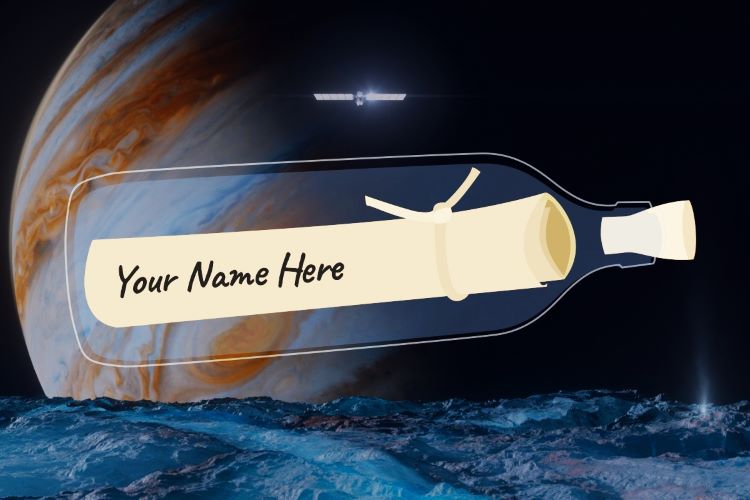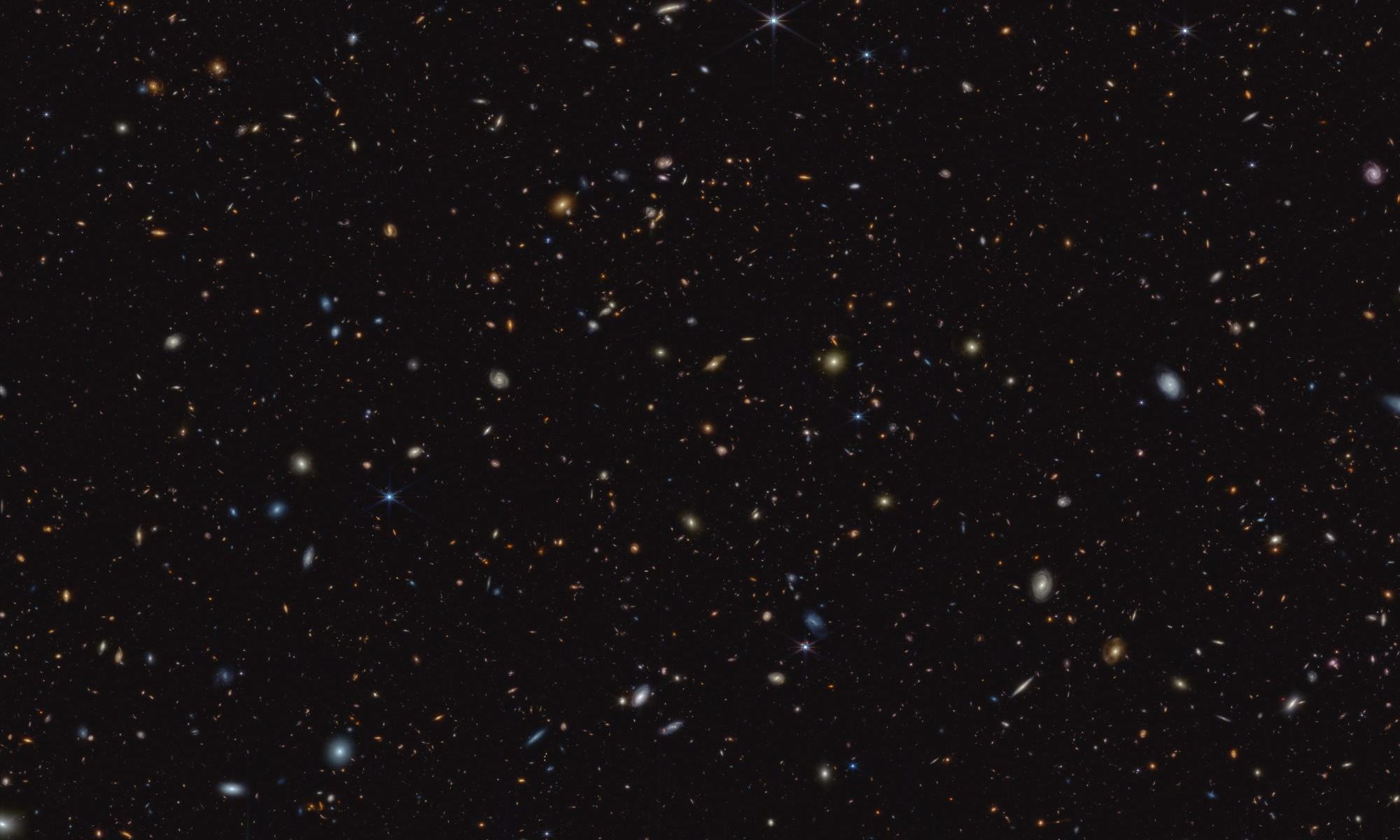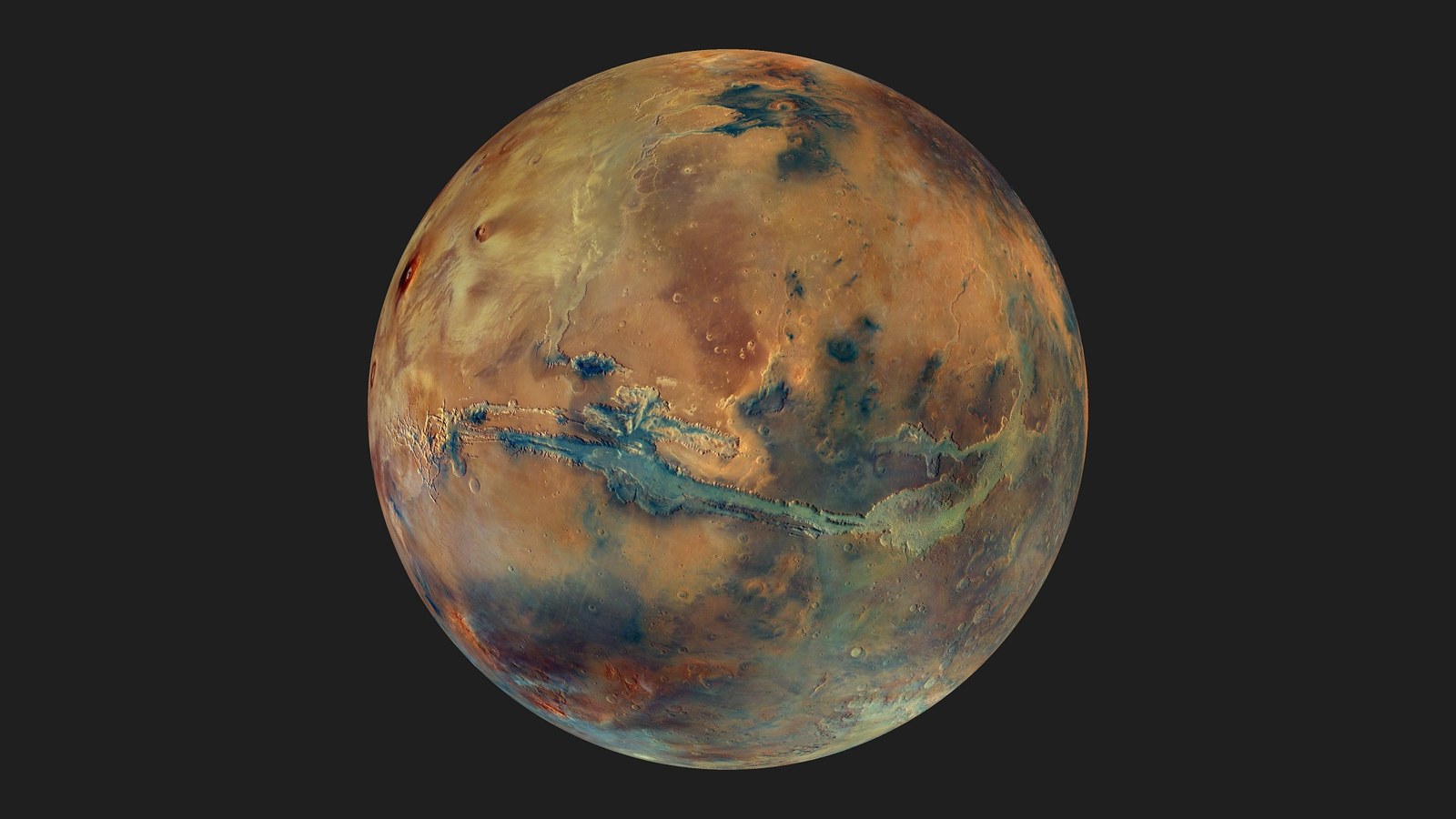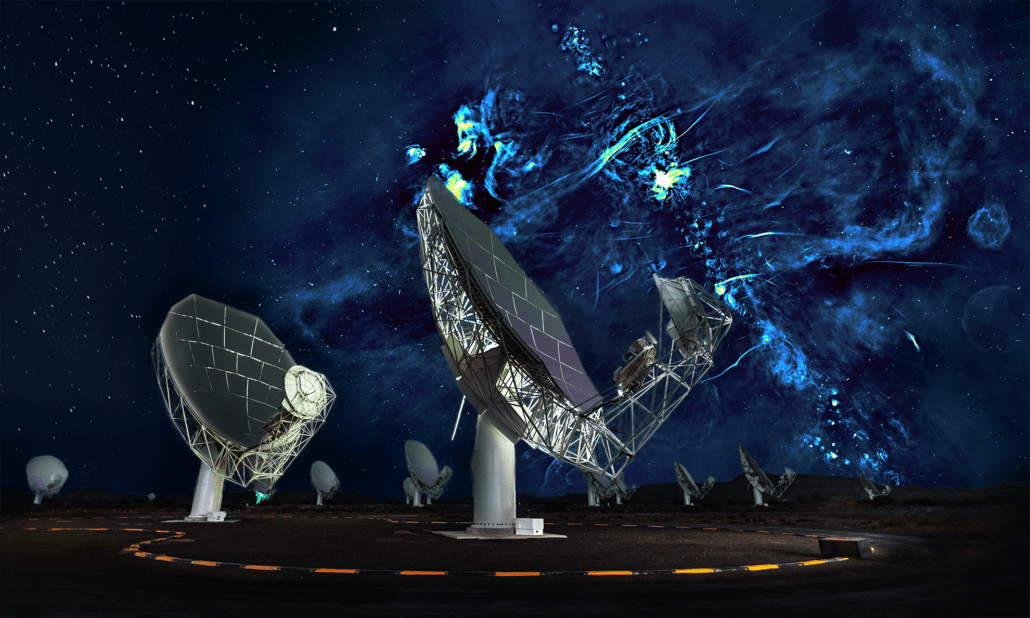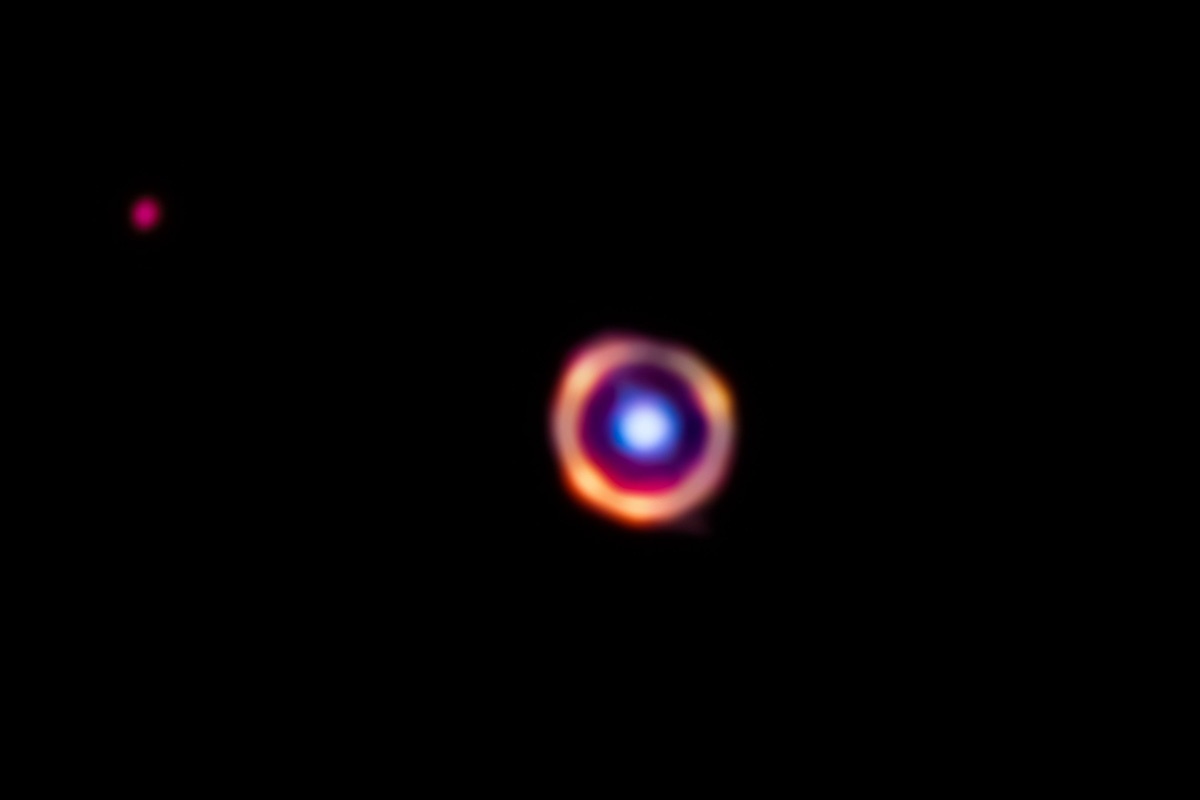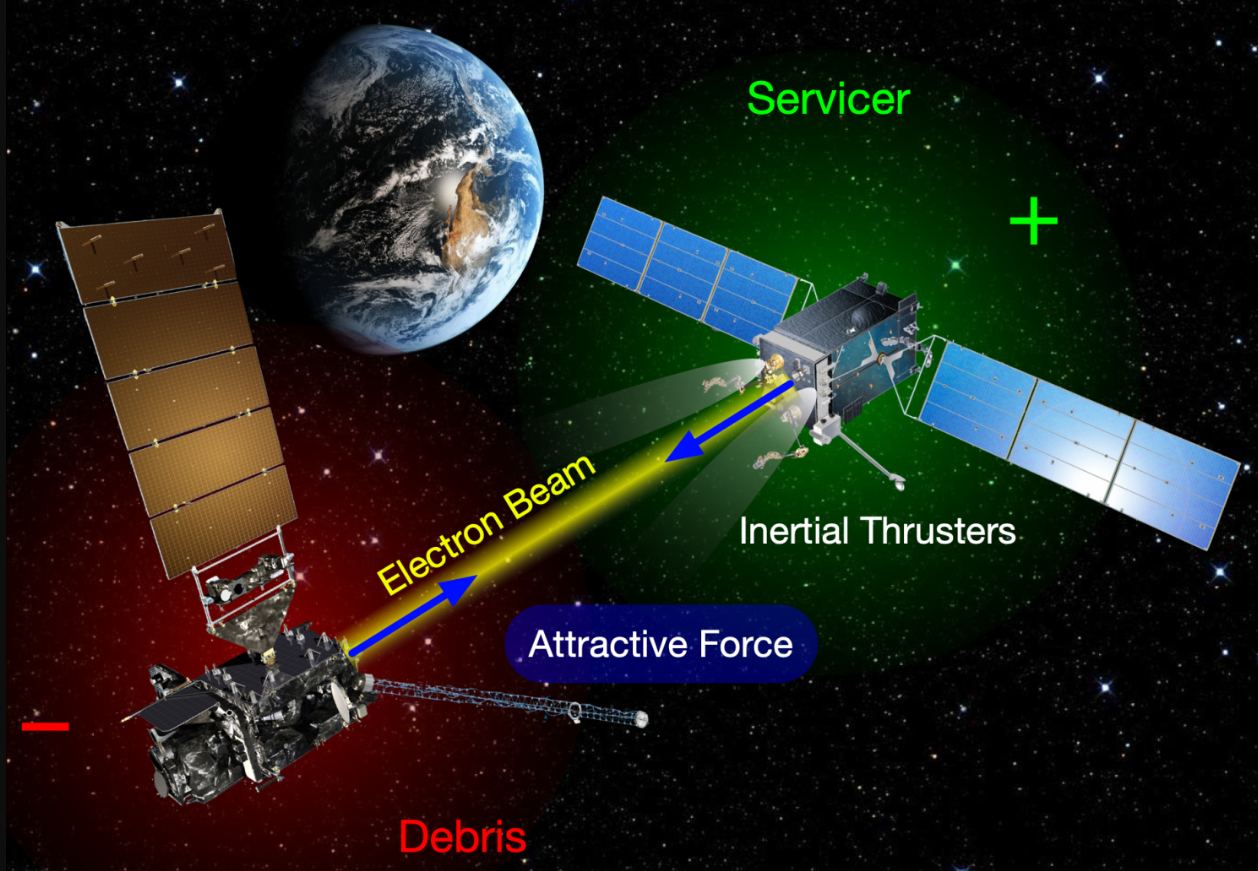NASA believes in getting the public excited about space, and they’re carrying on this tradition by recently announcing that space fans from around the world can travel to Jupiter with the Europa Clipper mission. Though, not literally, but by adding their names to a microchip for the “Message in a Bottle” campaign that will also contain “In Praise of Mystery: A Poem for Europa”, which is an original poem by U.S. Poet Laureate Ada Limón.
Continue reading “NASA’s Europa Clipper Taking “Message in a Bottle” to Jupiter”NASA’s Europa Clipper Taking “Message in a Bottle” to Jupiter
